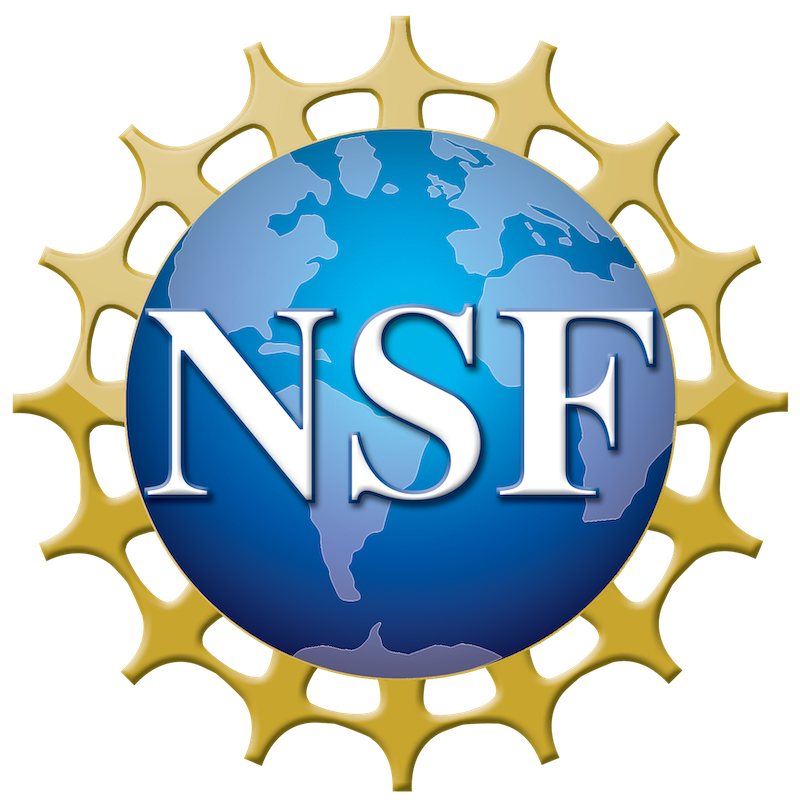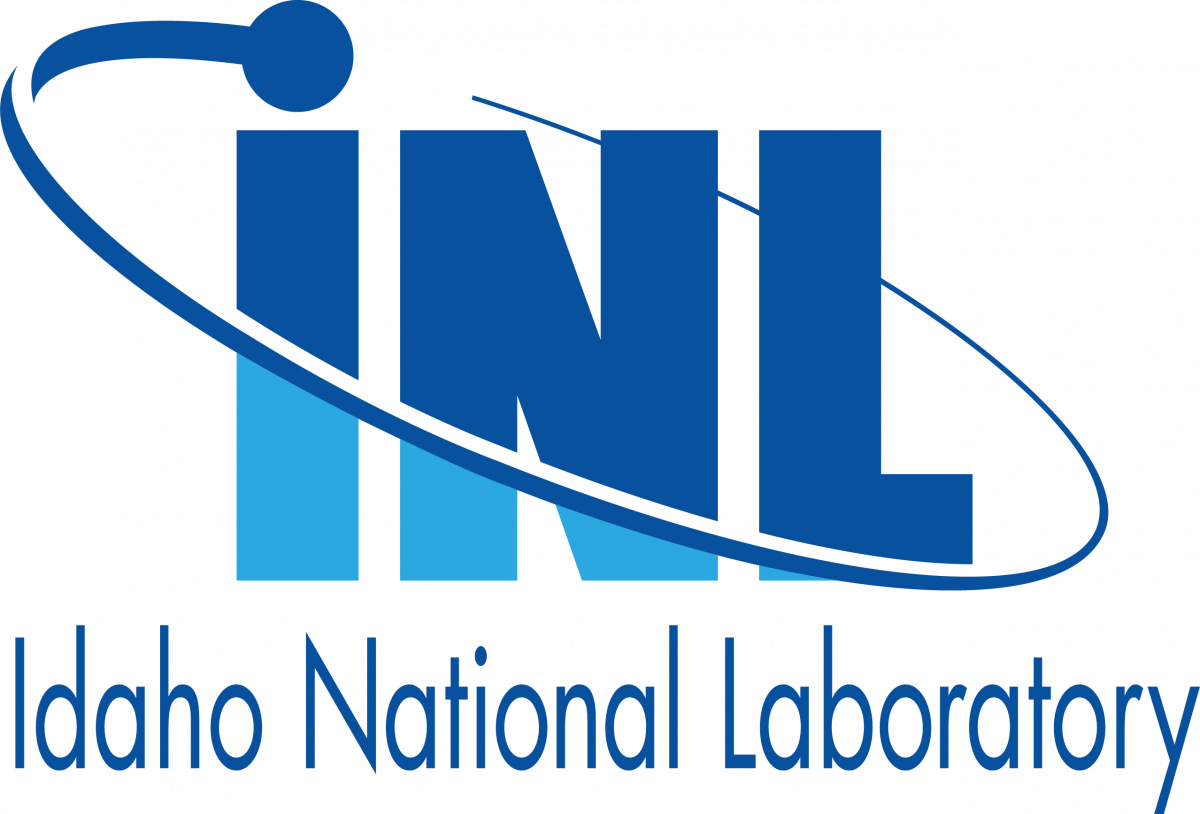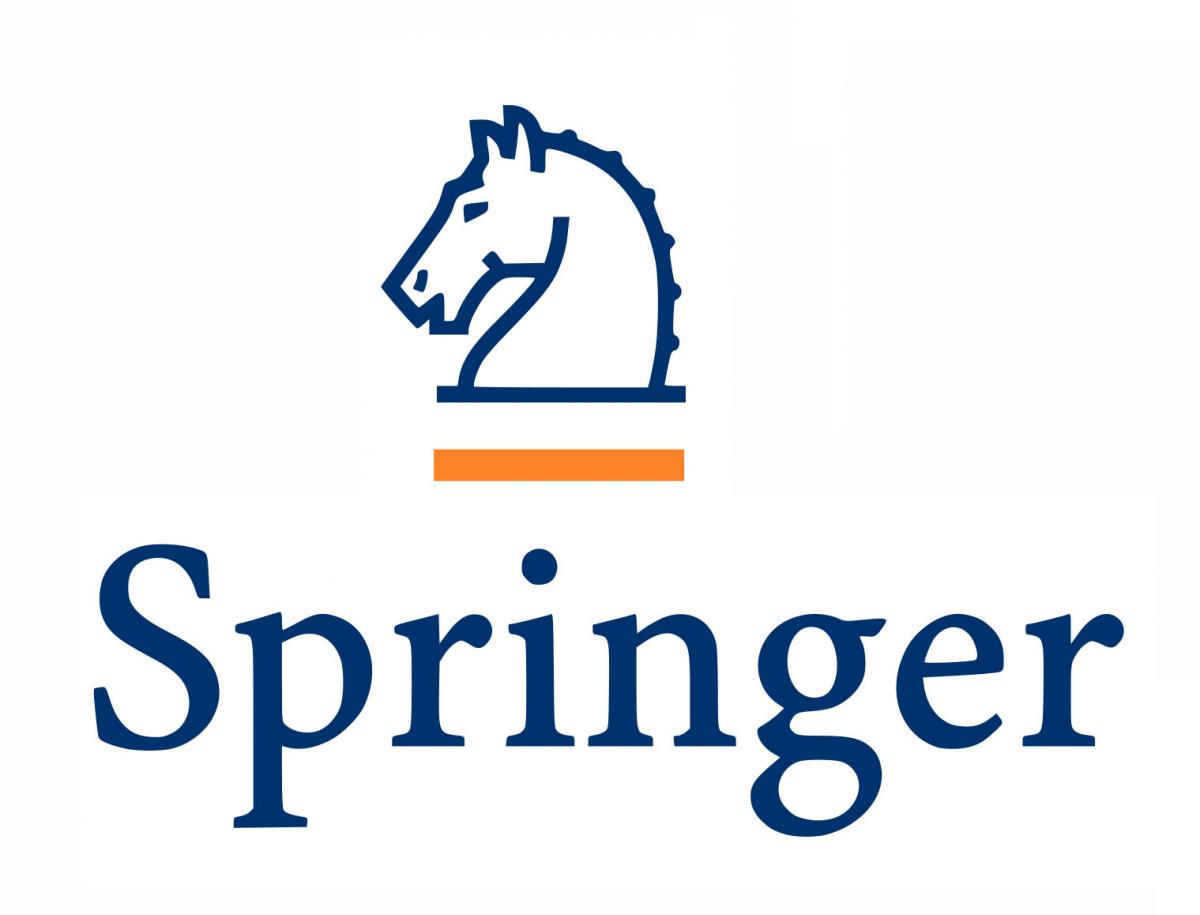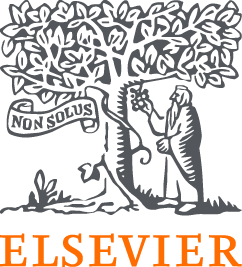Ryan Sills, Rutgers University
Coleman Alleman, Sandia National Laboratories
Aaron Kohnert, Los Alamos National Laboratory
Laurent Capolungo, Los Alamos National Laboratory
Damage mechanics models for material systems ranging from ductile metals to fibrous composites are widely used in industry and other applications. These models are largely phenomenological in nature and often highly sensitive to discretization length and timescales, making their calibration difficult and limiting predictive capabilities. As multiscale modeling and experimental techniques mature, great opportunities are opening up to enrich damage mechanics models with microscale knowledge. The goal of this minisymposium is to bring together researchers studying damage mechanics across length and time scales in order to work towards fusing microscale knowledge with macroscale damage models.
Specific topics of interest include: damage in all structural materials including metals, ceramics, and composites; ductile and brittle fracture; voiding and microcracking; microscale modeling of damage (e.g., molecular dynamics, defect dynamics, crystal plasticity); continuum modeling of damage (e.g., porous plasticity, continuum damage mechanics); fracture modeling (e.g., cohesive surface models, phase field modeling); concurrent and sequential multiscaling techniques for damage.











